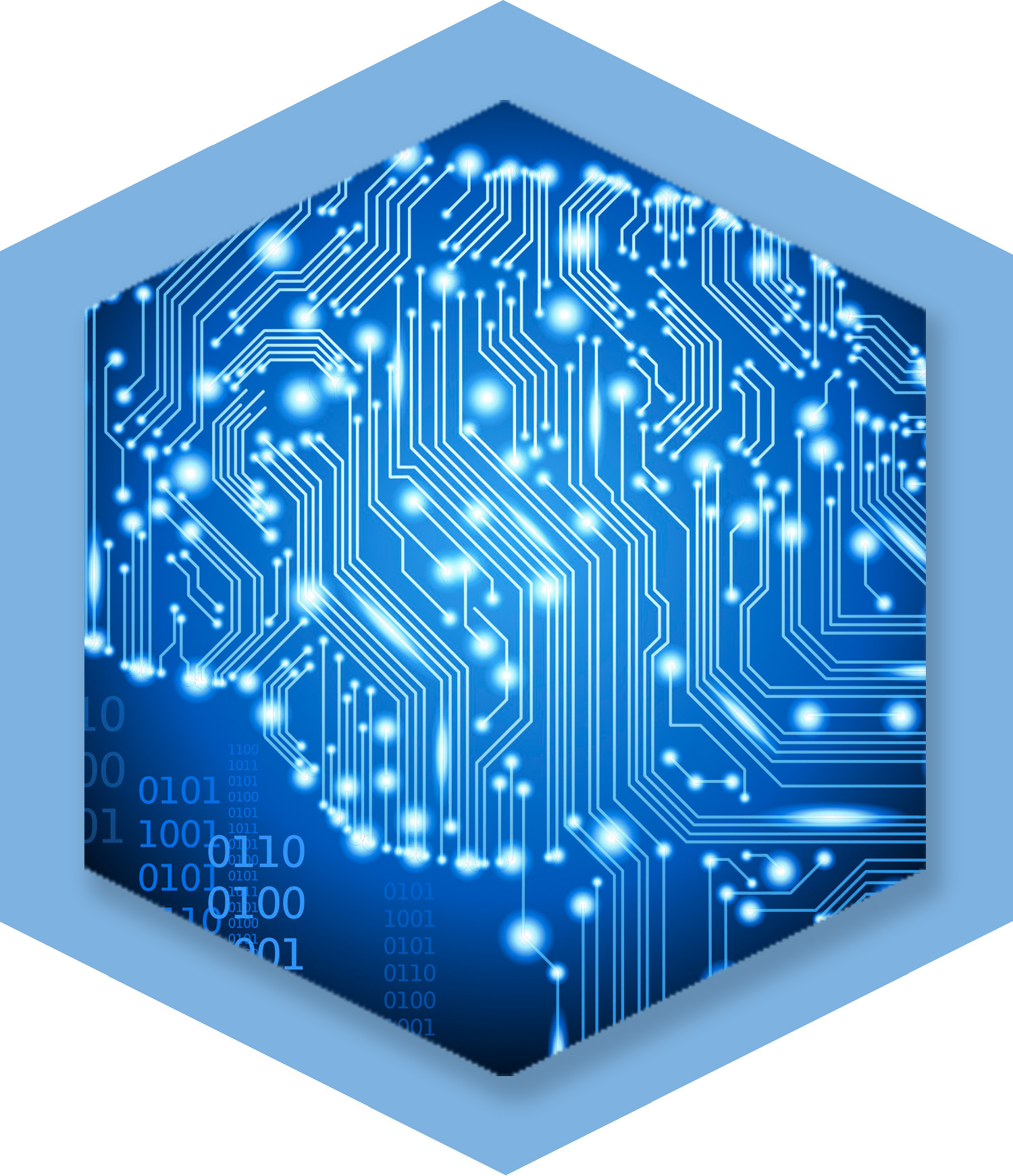Author: Joshua Seedman
Table of Contents
Introduction
- Driving Digital at Scale -
Exhibit 1 (Click to Enlarge)
Digital has forever changed the corporate landscape and is now vital to every industry and channel. This resonates more deeply than ever as the Fourth Industrial Revolution has created a landscape where distinctive digital capabilities is a must for both short and long-term viability. For example, disruption across B2C retail, with Amazon leading the way, has permanently shifted customer’s shopping expectations in both B2C and B2B spaces. Simply, customers make no differentiation between buying, as world-class digital capabilities and accompanying customer experience is industry agnostic. To the customer, shopping is shopping – plain and simple. This has left a large “customer experience gap” between what customers expect and what they actually receive in large part driven by digital disruption. Implementing holistic digital platforms that will aid in delivering an omnichannel/seamless experience is the key in closing this customer experience gap.
Within the Fourth Industrial's Revolution digital frontier, many companies unfortunately make the mistake of believing that digital transformation is simply a multi-channel and/or silo driven initiative in which IT creates new platforms and/or capabilities across the organization. Unfortunately, nothing could be further from the truth. On the contrary, within any digital at scale transformation visionary companies should think about the process within three phases, namely: (1) culture (i.e., enterprise nervous system), (2) holistic digital ecosystem (i.e., enterprise skeletal system), and (3) continuous improvement and innovation (i.e., enterprise musculature). Firstly, culture is a company’s nervous system. Without a healthy culture (i.e., nervous system) any digital transformation will fail because the enterprise will at best be a slow plodding, awkward entity and at worst, a paralyzed, lifeless organization that is being disrupted from the inside-out. Simply, organizations don’t change until people change and people don’t change until a leader instills a purpose driven culture that’s lived in breathed by the entire enterprise. Often, the biggest threat to any organization and its digital transformation efforts is not disruption, not competitors, not new entrants, and not dissatisfied customers but rather itself. Thus, culture is perhaps the greatest yet most ignored factor that dictates digital transformation success or failure.
Secondly, a digital ecosystem and its accompanying platforms (e.g., ERP, eCommerce, mCommerce, social media, cloud, and analytics) is a company’s skeletal system. As such, a siloed and/or piecemealed approach will not work. For example, implementing an ERP or eCommerce strategy alone will not create winners just as an incomplete bone structure would produce an immobile, lifeless individual. As such, enterprises must implement a holistic digital ecosystem that’s cross-functionally connected for both short and long-term viability. This typically means a digital ecosystem that has distinctive omnichannel capabilities with a world-class ERP, eCommerce, mCommerce, social media, analytics, and cloud capabilities to name a few.
Thirdly digital winners must embrace change and innovation by having the endurance of a marathoner, the musculature of a sprinter, and the mental fortitude to embrace that there is never a finish line but rather an unending goal of continuous improvement. Otherwise, once certain digital milestones are reached, employees will be easily enticed to go back to business as normal. Indeed, the term “good enough” is a term used by the lazy to justify inaction so companies must disrupt themselves before others do it for them. One can’t become lean and/or muscular by only exercising one time every 3-6 months. Similarly, digital transformation is a daily, weekly, and monthly process of continuous improvement rather than a one-off or annual process. Unfortunately, many enterprises get so caught up in stage two (i.e., the digital platforms and capabilities) that culture, continuous improvement, and innovation all take a back seat – a surefire way to destroy value.
Exhibit 2 (Click to Enlarge)
As such, winners will be those that leverage digital as a key profit driver (See Exhibit 2) and take a holistic approach to digital. This article will briefly discuss a holistic nine-step digital transformation journey and then break these nine steps down into a three phase journey, ensuring enterprise success across all key touch points (See Exhibit 1). At completion, a company will have a digital ecosystem that is sustainable and held together by seamless omnichannel synchronization, ensuring a profitable growth engine that is viable for both the present and the future.
9-Step Journey to Digital Competency
Customers, with millennials leading the way, expect not only a great product but also (1) “wow” experiences, (2) convenience (shopping whenever and wherever they like), and (3) speed. These expectations are industry agnostic and are applicable even to the B2B space, where over 50% of buyers are millennials. Specifically, world-class digital transformations consist of nine core areas, including: (1) culture and change management, (2) data strategy, (3) cloud (including artificial intelligence (AI) and IoT), (4) customer experience, (5) security and compliance, (6) mobile (including mCommerce and apps), (7) eCommerce, (8) social media, and (9) omnichannel (See Exhibit 4). While each alone is disruptive, together they can unlock significant growth, revolutionize old business models, spark innovation, and create new leaders.
Step #1: CULTURE | Continuous Improvement | Innovation
Any successful digital transformation must begin with an organizational health transformation that includes a defined culture, a mentality that embraces change (i.e., a continuous improvement mindset), and enterprise agility. This will drive greater cross-functional collaboration, cutting-edge innovation, and distinctive service excellence. A written culture is merely words on paper. Without psychological ownership these words never drive change because organizations don't change until people change and people don't change and/or embrace change until a purpose driven culture is instilled. Read more HERE.
Step #2: CUSTOMER EXPERIENCE
Today’s customer is more sophisticated than ever. However, there is typically a large “customer experience gap” between what customers expect and what they actually receive. World-class service excellence transpires when a personalized customer-centric mindset, distinctive employee engagement, and a seamless customer journey collide. Read more HERE.
Step #3: DATA STRATEGY
Having a rich reservoir of data is only the beginning. The true challenge is avoiding decision-making paralysis by having the tools, algorithms, and intellectual horsepower to turn unstructured data into personalization, at a segment of 1:1. This accomplished by unlocking insights from declared, observed, and inferred customer preferences. Read more HERE.
Step #4: CLOUD & AI
Cloud and AI are essential to ensuring:
- Predictive and highly personalized customer experiences via cognitive capabilities, thereby mitigating customer amnesia
- Agile and innovative services and/or offerings
- Reductions in capital intensive infrastructure.
Step #5: COMPLIANCE | RISK Management
Compliance is integral to any digital transformation’s success. Winners will be those that ensure absolute customer trust and service excellence while (1) navigating the ever changing regulatory landscape, (2) ensuring PCI compliance, and (3) maintaining distinctive risk management protocols, including a world class three lines of defense.
Step #6: MOBILE, m-Commerce, & Apps
Mobile, including mCommerce and apps, is no longer the future but rather the present. Simply, mobile is driving change and if leveraged properly can unlock new insights, improve the customer experience, increase customer engagement, and improve both online and brick & mortar sales (i.e., increase customer lifetime value). Read More HERE.
Step #7: E-COMMERCE
eCommerce is overtaking consumer buying. Success depends on seamless omnichannel, differentiated global sites, high AOV, low bounce rates, increased organic traffic via world class SEO, high awareness/engagement, and predictive shopping that leverages consumer preferences to create personalized and convenient shopping experiences. Read More HERE.
Step #8: SOCIAL MEDIA
Social media provides access to untapped customer insights which can be leveraged to drive personalization while also significantly improving service excellence, consumer awareness, and engagement. Simply, seamless social media integration into the shopper/user experience is key for real-time consumer insight and sustainable growth. Read more HERE.
Step #9: OMNICHANNEL Synchronization
Omnichannel, thanks to digital disruption and B2C retail organizations such as Amazon, is now relevant to all industries and is necessary to create those “wow” customer experiences. Simply, Simply, customers, with millennials leading the way, expect not only a great product but also (1) “wow” experiences, (2) convenience (shopping whenever and wherever they like), and (3) speed. Customers expect seamless experiences regardless of channel. This has increased pressure to become agile as consumer preferences change quickly. Companies must offer a personalized brand experience that goes beyond siloed behavior both internally, including one’s omnichannel approach, and externally, including GTM strategy and channel partners. Read more HERE.
Three Transformation Phases
- Explained -
Exhibit 3 (Click to Enlarge)
Exhibit 4 (Click to Enlarge)
This holistic nine step journey can be distilled into a three phase journey. Specifically, in its simplest form, digital transformation winners are those that have mastered three areas: (1) culture & employee engagement, (2) product platforms and (3) customer experience (See Exhibit 3). This is referred to as the EPC framework which is an acronym for:
- E for Employee: Employee engagement is the gateway for driving both successful digital transformations and customer engagement
- P for Product: From a differentiated, innovative offering to the platforms they are sold on, product transformation plays a pivotal role in digital success.
- C for Customer: Without world-class service excellence that is catered to the new demands of a digitally sophisticated buyer any digital transformation is a failure.
Exhibit 5 (Click to Enlarge)
Phase 1 (Employee) should generally be performed first because without organizational health and an inspired culture any digital transformation will fail (See Exhibit 5). Indeed, a Bain & Company found that 85 percent of the root causes for failure to maintain profitable growth are now internal to a company. In essence, the biggest threat to any organization is not disruption, not its competitors, not new entrants, and not even dissatisfied customers but rather the company itself. Thus, Phase 1 is essential in driving enterprise digital distinction. Once Phase 1 is accomplished, Phases 2 and 3 can be performed in tandem as steps from each can benefit each other. In essence, these three phases and their accompanying nine steps can be summarized below (See Exhibits 3, 4, and 5).
PHASE 1. EMPLOYEE/CULTURE
This phase includes key elements to ensuring organizational health, including transformations around an (1) inspired culture, (2) increased cross-functional collaboration, and (3) high employee engagement. We've found that any digital transformation begins and ends with culture, organizational health, and employees. According to McKinsey & Company's survey of over 2,000 respondents, culture is the most significant barrier to digital effectiveness (See Exhibit 5). Our research shows that for every $1 invested in improving organizational health and employee engagement an up to $4 ROI is witnessed. Gallup recently found that only 30 percent of employees are engaged in their work. With an up to 4X ROI the investment decision is simple. For additional information on organizational health and employee engagement click HERE.
PHASE 2. PRODUCT
This phase includes ensuring an inspired culture is driving appropriate employee engagement, productivity, and autonomy that is necessary for the agility and creativity needed for innovative products. Secondly, a portfolio of innovative products and/or services need the digital platforms and appropriate channels to successfully market and sell them in this congested digital landscape. This covers everything from eCommerce, mobile/mCommerce, apps, social media, sales team capabilities, channel partners, and search optimizations (including SEO, SEM, and SEA).
PHASE 3. CUSTOMERS
This final phase ensures the previously optimized employee engagement, product capabilities and accompanying digital ecosystem can now deliver a world-class customer experience. Simply, any digital transformation without distinctive service excellence and top-quartile customer engagement, loyalty, and advocacy is a failed digital transformation. To please customer's ever changing needs companies must embrace change with the term “good enough” being stricken from the company’s vocabulary. Indeed, the term “good enough” is a term used by the lazy to justify inaction so companies must disrupt themselves before others do it for them. This mentality must begin with creating "wow" customer experiences that exceed rather than simply meet customer expectations. As such, companies must always be reinventing themselves, otherwise they will find themselves being imitators instead of innovators and reactors instead of disruptors. Simply, digital transformations that keep the customer always top of mind will ensure that one is reinventing itself instead of being disrupted upon. For additional information on driving a world-class customer experience click HERE.
Typically, most companies focus on only one to two of these three core phases, generally with gaps involved at each stage. For example, many companies become so overly focused on its product and the digital capabilities to bring them to market that the thought of an enterprise customer centric mindset takes a back seat. This is a surefire way to destroy value because customer journey pain points along with a multichannel instead of an omnichannel undercurrent takes hold. On the flip side, it's also very easy to get so focused on the customer that one forgets about engaging its employees - the heart and soul of how a company creates both distinctive digital capabilities and engaged customers. Instead of such tunnel vision, the distilled EPC framework coupled with the accompanying 9-step digital transformation framework allows companies to think holistically about its digital journey, ensuring each vital phase is performed with the appropriate rigor and execution needed for success. Simply, to transition from being a bottom quartile performer to a winner, companies must ensure that each phase - employee, product, and customer - are all top performers functioning in unison. Indeed, only then will a digital ecosystem be unlocking its full potential and driving sustainable value to the enterprise, its customers, and its shareholders.
Conclusion
“Digital distinction is imperative because disruptors, led by Amazon, have forever shifted consumers expectations. Thus, customers will only continue to expect more from each interaction with a company’s brand and digital platforms. ”
Any digital transformation should be holistic in nature as a segmented approach will only reap minimal, short-term gains. The proposed nine-step digital transformation process is a deep-rooted methodology created to drive sustainability and significant growth, innovation, and organizational success.
Above all, companies must remember that the customer is becoming more sophisticated than ever and will continue expecting more from each interaction with a company’s brand and digital platform. It is therefore imperative to create a cutting-edge digital ecosystem that allows companies to not only meet but also to exceed customer’s ever-increasing expectations.
About the Author
Joshua Seedman is the founder and chairman of PNI Consulting, a management consulting firm that specializes in global transformations. He has over 20 years of operating and general management experience with expertise in organizational transformations, customer experience, employee engagement, digital transformations, sales & marketing, operational turnarounds, culture/change management, and high-stakes negotiations. His experience includes executive roles within F500 companies, top-tier consulting leadership (McKinsey & Company), over 10 years of global P&L responsibility, and corporate lawyer (Davis Polk & Wardwell). He received his MBA from Kellogg School of Management and his J.D. (cum laude) from Northwestern University School of Law.

























































